co-written by Marena Rivera Dopazo & Hye-In Kim
After having recently attended the 2023 Environmental Nanotechnology Gordon Research Conference, I was blown away by the different types of applications nanoparticles were being used for. I quickly realized that at the heart of a majority of the research showcased there was a goal to commercialize nanotechnological products for the betterment of society. That got me thinking: it was kind of like the game of Monopoly!
In Monopoly, there are certain goals for players as they progress their pieces around the game board, such as buying a house. Similarly, in the world of research, one major goal for scientists is to contribute globally important findings through publishing research articles or developing patents. It then struck me: Wouldn’t it be fun and educational to actually create the game “Nanopoly”?
Once we got started, the rules of the game came naturally, inspired by the original. For example, the game of Monopoly has the player purchase “houses” and “hotels” to build on color-coded spaces on the board, and owning all the “properties” of one color gives you a big advantage. So in Nanopoly, we have “papers” and “patents” for players to earn in color-coded “publication fields” instead. For game pieces to represent each player, we 3D printed 9 different nanoparticles rather than the original dog, boat, car, etc….
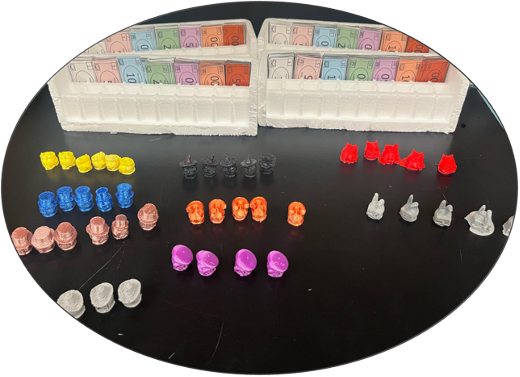
The objective of the game remains the same as in the original: to bankrupt everyone else by owning all the patents pertaining to a specific set of research fields, so the other players have to pay you every time they land on those spaces. There are many other adaptations we made , such as changing the railroads to different scientific organizations and making the “jail” space a “redaction zone.” .
(Note this is purely for enjoyment and science communication purposes and is not officially licensed or intended for any monetary gain). Along with the game, we wrote this blog post to give a little description of the various research fields nanoparticles are being used in.
Keep reading for some explanations of the various nanotechnology research fields represented in Nanopoly. (Remember, unlike in Monopoly where Park Place and Boardwalk are the most valuable properties, in Nanopoly no field is better than any other!) You can get a printable file for the board here and cards and money here, and you can find references for all the different sections at the end of the post.
Coral reef protector
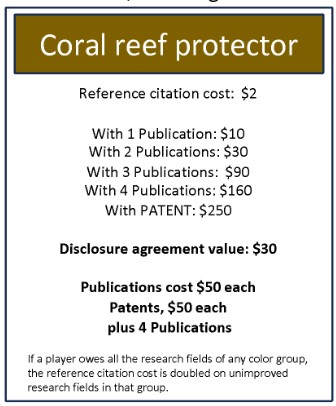
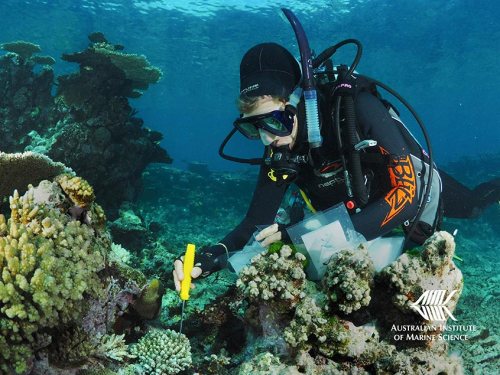
With the various local and global environmental pressures nowadays, such as climate change, pollutants in the ocean, and changes in ocean chemistry, it is no wonder that ecosystems as complex as coral reefs are in decline around the world. Coral reefs result from an endosymbiotic relationship between coral polyps (the biological unit of coral reefs) and a variety of other organisms such as algae, bacteria, archaea, viruses, and fungi. Given the interconnectedness and fragility of coral reefs, the projected 90% loss of coral reef surface area by 2050 would have a devastating impact on biodiversity and the food chain. This threat has prompted scientists to seek innovative solutions using nanoparticles, including finding ways to measure fine scale variations that exist within the coral reef environment. For example, platinum nanoparticles have been used in conjunction with special imaging to monitor oxygen flow rate and concentration across the coral reef tissue surfaces. Other nanoparticles that have been illustrated to hold promise in coral reef conservation, restoration, or rehabilitation include gold, cerium dioxide, and single walled carbon nanotube (SWCNTs) nanoparticles.
Algal fuel harvester
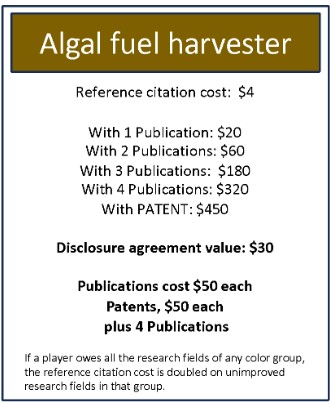
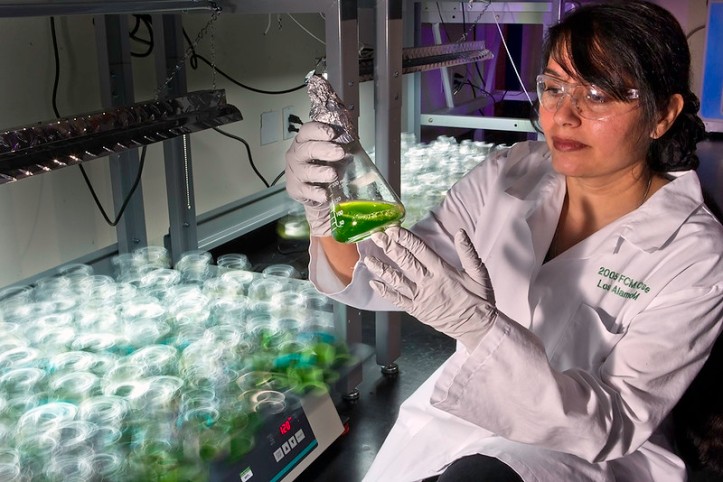
When it comes to taking up atmospheric CO2 through photosynthesis, many people assume that plants are the biggest contributors. But in fact, plants are about equally tied with the aquatic, microscopic, unicellular (or multicellular) organisms known as algae. Like plants, algae also perform photosynthesis with a structure in their cells called a chloroplast, which they use to help them produce their own food. Because of the speed at which algae multiply, algae are more efficient than plants at harvesting atmospheric CO2. Also, considering the space required to grow plants versus growing algae, it is clearly more advantageous to grow algae for harvesting their nutritional output as a source of fuel. However, growing algae in a farm setup comes with some disadvantages, such as fouling. Fouling is when the algae deposit organic matter onto surfaces where they are living, including equipment where scientists are trying to grow them. One type of equipment called an algal bioreactor is designed to take water and CO2 and use algae to turn them into energy, but fouling is a big problem for this technology. This has motivated scientists to investigate ways to coat the membrane surfaces in bioreactors with nanoparticles to prevent or limit the amount of fouling. MIT scientists have developed a method to prevent fouling by applying a nano-thin layer of hafnium dioxide or silica dioxide on the membranes and relying on electrostatic repulsion between the negatively charged nanoparticle surface and the negatively charged surface of algae. With the rising amounts of atmospheric CO2, microalgae have a potential to play a huge role in helping to alleviate global climate change while providing a sustainable energy source.
Phyto-remediation
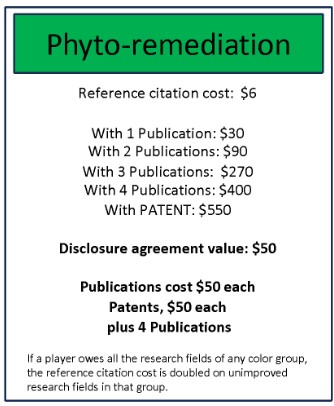
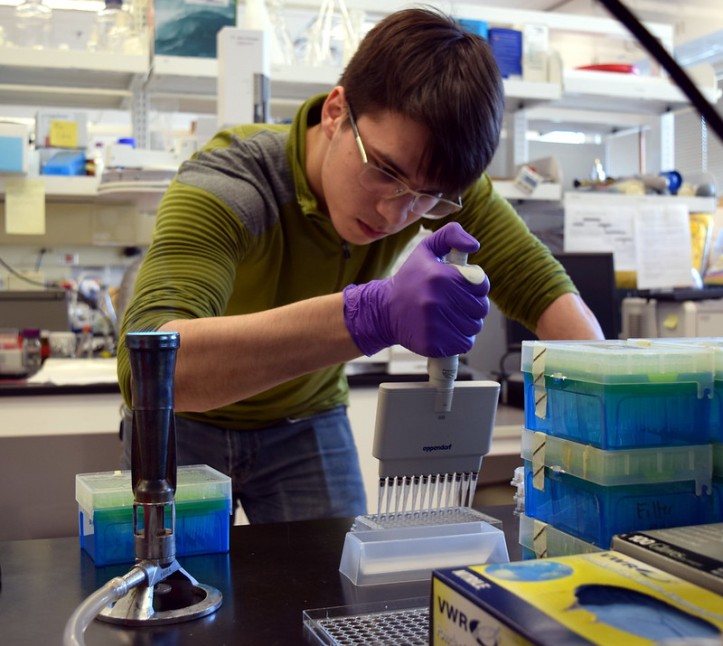
Plants are known to extract all sorts of important nutrients from the dirt space their roots occupy, including nitrogen, phosphorus, and potassium. For certain elements, plants can readily absorb compounds of these elements through diffusion. In the case of legumes, they even share a symbiotic relationship with bacteria called rhizobia to help fix the soil nitrogen they need to grow. Knowing this, it is feasible to consider plants as potential dirt purifiers to help clean up toxic compounds that were accidentally released into the soil. One famous example of this is the sunflower plants that were planted after the Chernobyl environmental disaster in 1986 to alleviate toxic heavy metals in the soil. Unfortunately, the sunflowers were not particularly proficient at extracting many of the radioactive elements also present in the soil, such as cesium 137 and strontium 90. In more recent times, combining nanoparticles together with plants such as sunflowers or hemp has shown potential for improving the uptake of certain toxic compounds. For example, per- and polyfluoroalkyl substances (PFAS) have gained much attention from the high levels of PFAS in certain soils of many states in the USA and PFAS’s hazardous effects on human health. A team of scientists from the Connecticut Agricultural Experiment Station (CAES), Yale University, and University of Minnesota have devised a plan to use nanoscale carbon dots (CDs) and ultraporous mesostructured silica nanoparticles (UMNs) to improve PFAS uptake in hemp plants, which they found could work on a wide range of different PFAS types. Ultimately, both CDs and UMNs were shown as potentially good candidates for sorption of PFAS from soil; further research is required for removing longer chained PFAS and PFAS of varied hydrophobicity.
Crop protector
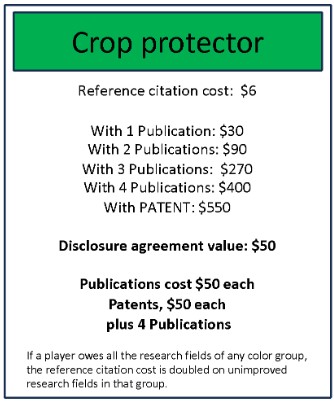

With the significant danger of insects, fungi, and other stresses on crop harvests, it is not surprising that many farmers have opted to treat their plants with fungicides, pesticides, and other chemicals in efforts to preserve their final yield. Nevertheless, the question remains, “but at what unseen cost?”. If you are looking for help to kill some weeds in your garden at home, you will most likely be encouraged to purchase Roundup. Roundup, a brand name product owned by Bayer, essentially wipes your entire garden clean of any plants by way of action of its main active ingredient: glyphosate. However, a quick internet search and you will be flooded with studies, articles, and lawsuits linking glyphosate to causing human cancer, specifically non-Hodgkin lymphoma. This “unseen cost” is the prime example of when a pesticide’s chemical composition is hazardous to the environment and can pose serious health hazards to humans.
This problem in agriculture can be addressed by using nano-enabled alternatives that could have more precise targeting and also have little or no adverse effects on the environment or health of humans or livestock. For example, field experiments with fava beans have shown that silica nanoparticles could be used as nano-pesticides against three insect pests. Also, aside from being able to act as pesticides, fungicides, and herbicides, nanoparticles have potential uses as fertilizers, sensors, and protection against stresses such as drought, salinity, and extreme temperatures. (See more details with the Food Production card!)
Increase Food Production
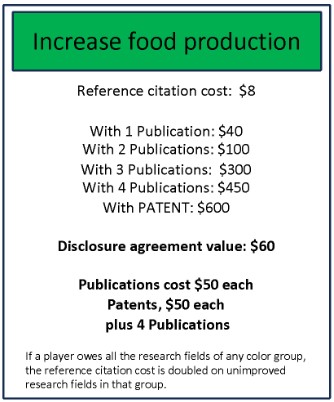
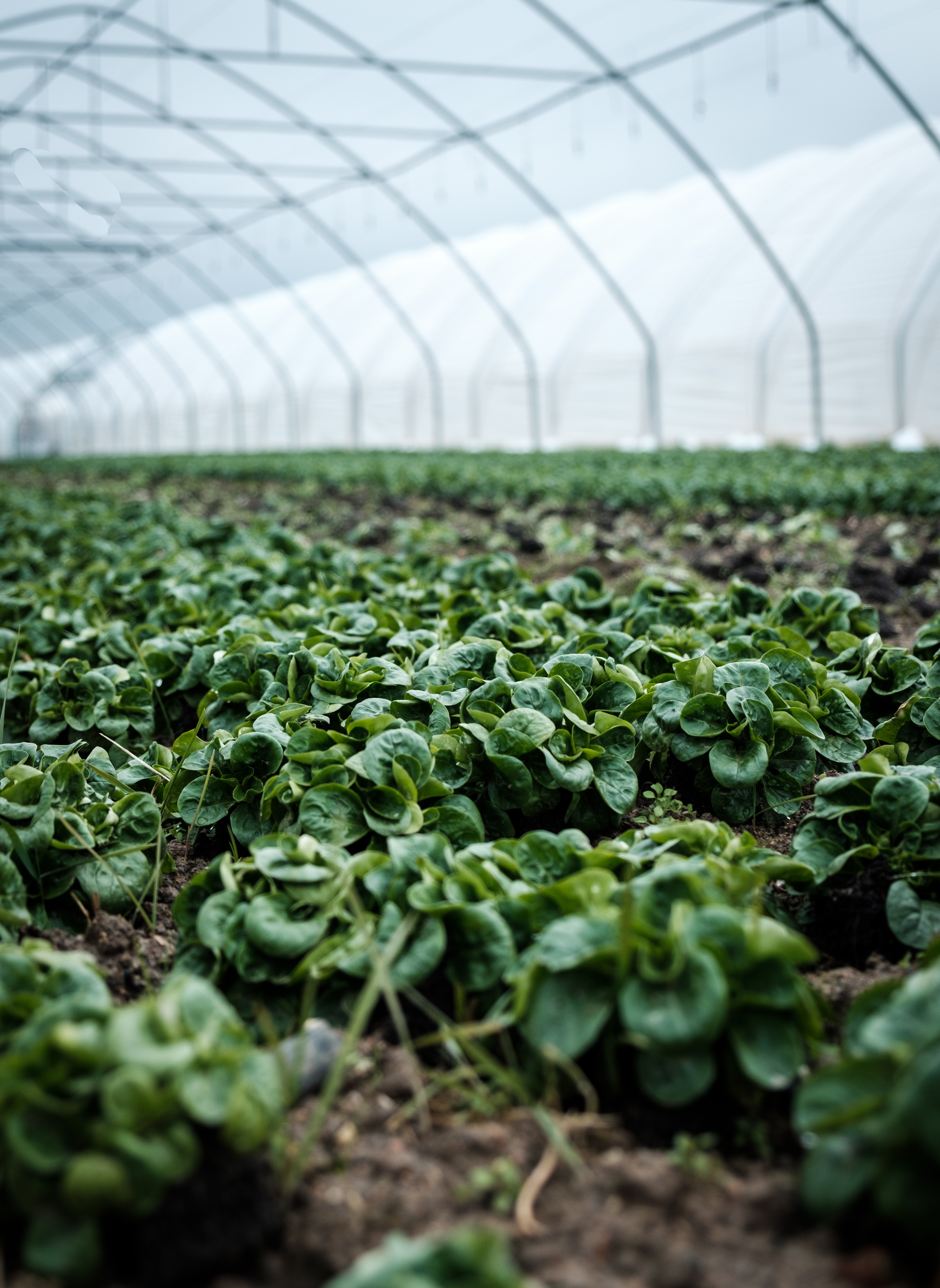
With the human population expected to grow to approximately 10 billion in 2050, food production will need to be ramped up to be able to provide enough food for the entire world. It is true that food waste is a major global issue that is tied with how food is produced and redistributed, and must also be addressed. However, improving crop yields can also contribute to solving the future food crisis. One approach to achieve this goal is to use nano-enabled approaches in agriculture to improve crop yield. How can this be done? In essence, nanoparticles can act as fertilizers or help plants overcome stressful environmental conditions. For example, in field trial experiments using wheat plants under drought stress, zinc oxide nanoparticles were found to improve plant growth and nutrient uptake. Who knew that spraying plants with an active ingredient found in sunscreen could be used to improve plant health?
Sentinel plants
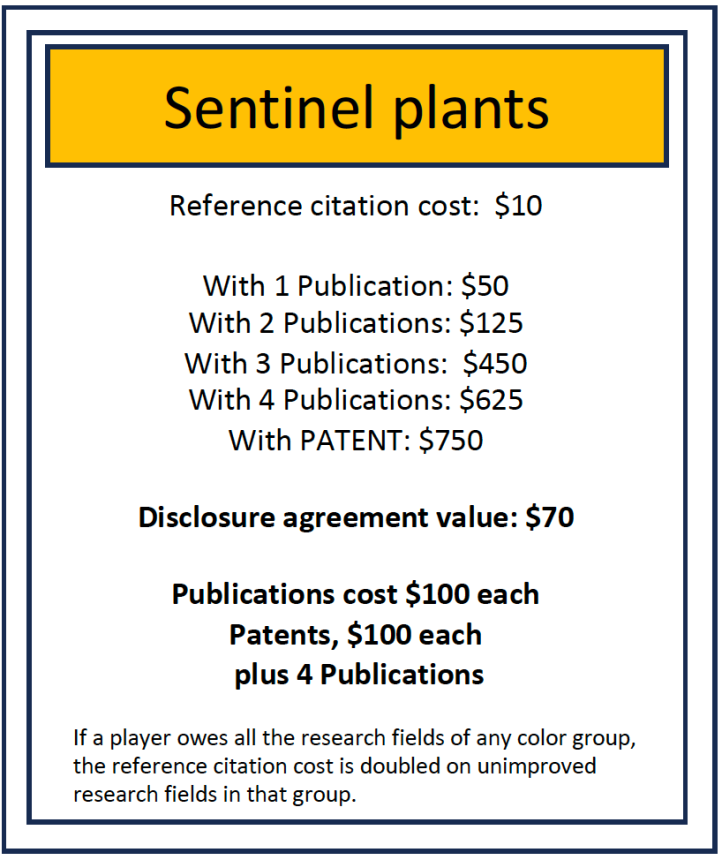

One major reason for crop loss is due to pathogenic microorganisms that cause plant disease. What’s more, many of these microorganisms can be easily transmitted to neighboring plants, which then leads to even greater crop loss. Unfortunately, plants do not show any physical symptoms of diseases until it is too late to save them. One thing that could help this issue would be improved detection methods for monitoring early plant responses to pathogens. One way of doing this is by engineering wearable plant nanosensors as detection tools for measuring some of the volatile organic compounds (VOC) or other chemicals that plants emit when they have a disease. For example, A group led by Li et al developed a non-invasive, smartphone-based, VOC sensing apparatus for detecting a blight caused by Phytophthora infestan in tomato plants, which worked both in field and laboratory conditions. This device construction is complicated, but basically it uses cysteine capped gold nanorods to recognize gaseous E-2-hexenal, which is one of the main VOCs emitted during P. infestan infection. With this device, farmers could go out into their fields and tell the difference between healthy and infected plants at a very early stage of infection.
Genetically altered plants
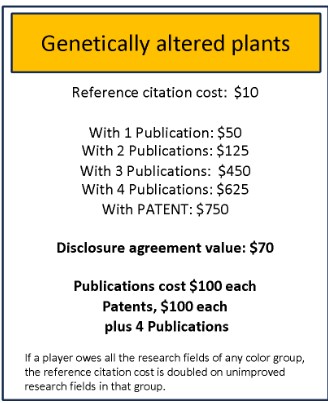
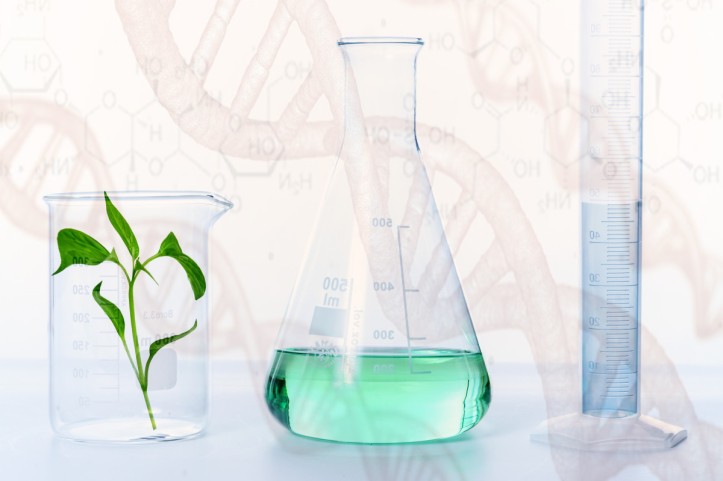
Not only can nanoparticles help improve crop productivity, but they can also be used to genetically alter plants to produce high value biopharmaceutical products for medicine. There are two main routes for this type of plant transformation: particle bombardment and bacterial-mediated transformations. Particle bombardment typically involves use of gold microparticles, needs expensive equipment, and still is not very effective. Transformations mediated by Agrobacterium tumefaciens only works for a limited range of plant species. On top of that it is very hard to transform the DNA within plant chloroplasts as opposed to in the cell nucleus. This is where nanotechnology can play a big role: researchers have used chitosan complexed single-walled carbon nanotubes (SWCNTs) to deliver plasmid DNA to the chloroplasts of protoplasts (laboratory plant cells without cell walls) from four different plant species. Another very similar study used SWCNTs focused on delivering DNA to cell nuclei in live plants. It is important to note that these studies were not actually trying to integrate DNA into the chloroplast or nuclear genome. However, this opens the playing field for future groups of scientists interested in genetically modifying either chloroplast or nuclear DNA using nanotechnological approaches.
Fertilizer delivery efficiency
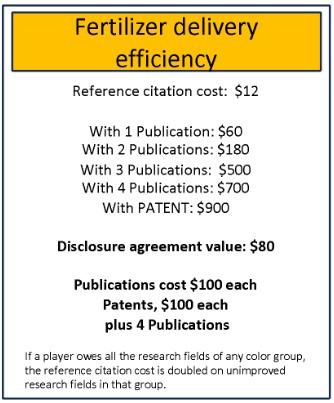
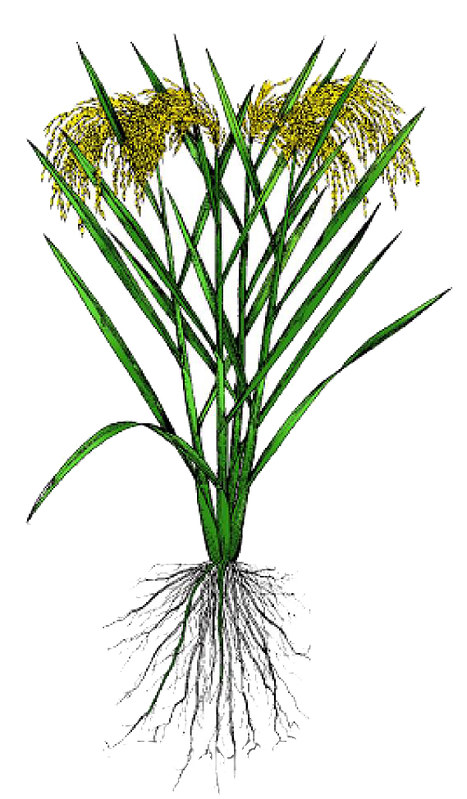
Conventional fertilizers for agriculture are actually not efficient for delivering optimal amounts of nutrients to plants. That is because conventional fertilizers offer the nutrients in an unavailable form that plants cannot use. This leads to farmers using extra fertilizer to compensate, which ultimately contributes to environmental issues such as runoff. Runoff happens when excess fertilizer chemicals are carried by rain or irrigation water away from their target plants and into soil or groundwater, posing threats to both the environment and human health. Nanoparticles as nanofertilizers offer one possible solution for the problem of low fertilizer efficacy. One study showed that adding carbon nanoparticles to two different fertilized soils helped the plants take up nutrients from the soil, reducing the need for conventional fertilizer. Interestingly, the researchers also observed that higher concentrations of nanoparticle treatment actually hindered plant growth. Overall, this study illustrated that nanoparticles potentially could be viable tools for improving conventional fertilizer efficacy use in terms of plant nutrient uptake. However, there is still much more research needed to address potential environmental impact and human health impacts of nanoparticles used in agriculture.
Battery upgrade
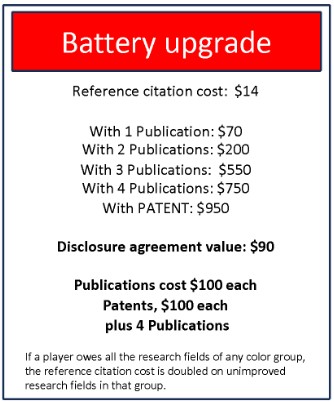
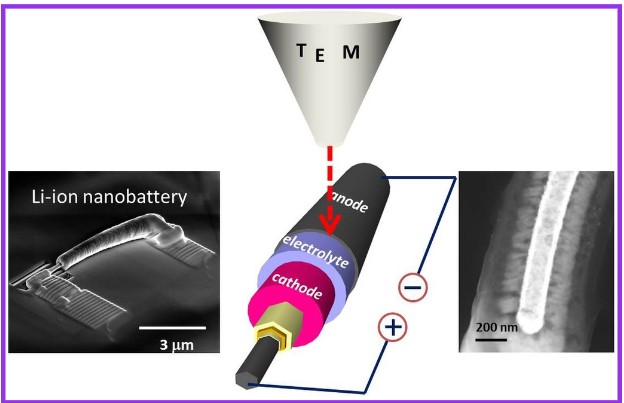
The first true battery was invented by Alessandro Volta in 1800. It consisted of zinc and copper discs piled on top of each other, contained in an electrolyte solution. Since then, the concept of the battery has gone through many iterations, including lithium-ion batteries in laptops, platinum lead car batteries, and the common alkaline double AA batteries in many household appliances. With so many advances in the world of batteries, it is no surprise that batteries are a potential source for environmental strain. These challenges range from harmful methods for mining battery materials like lithium to consumers not recycling or disposing of their batteries appropriately. Fortunately, there are innovative and eco-conscious battery companies on the rise, such as Nanom, whose mission is to increase sustainability and efficiency of batteries using nanotechnology. A big advantage of Nanom’s innovation is that it uses the high surface area of nanoparticles and applies it to the already existing technology of lithium-ion batteries. They claim that if the technology is successful, it can revolutionize the world of batteries and an electric car powered by Nanom’s battery technology could drive across the United States on a single battery charge!
Clean air
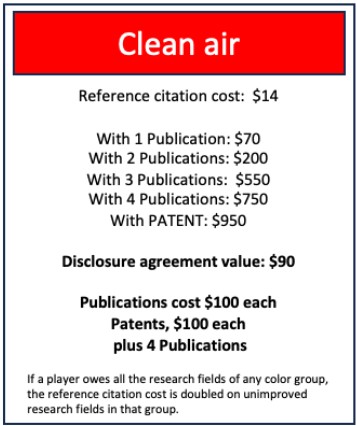
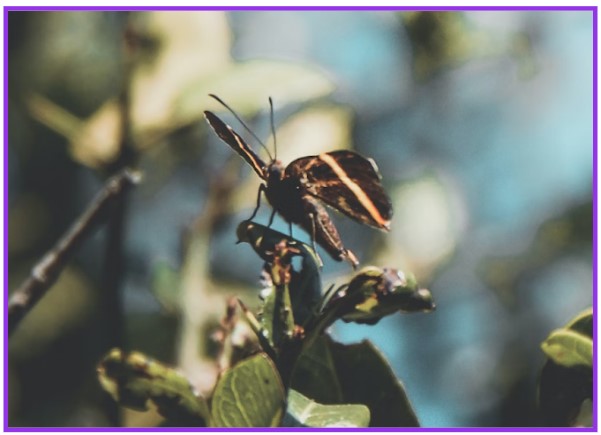
As levels of greenhouse gasses emitted from industrial applications, burning of fossil fuels, and livestock continually rise around the world, we are seeing more and more the effects of climate change. It is known that these greenhouse gasses, such as methane and carbon dioxide, are contributing to hotter temperatures globally. In short, these greenhouse gasses act as a blanket for the planet which retains more of the Sun’s energy which is then absorbed by the Earth. As such, it is imperative that we begin to look for solutions to limit carbon emission to begin slowly returning things back to an equilibrated state of nature. One possible solution was inspired from the honeycomb nanostructure architecture of a Metalmark butterfly. This led to the development of a startup company in 2020 known as Metalmark Innovations, PBC., which makes a product called “Tatama”, the world’s first self-cleaning, nano-inspired, commercial air purifier. With more nanotechnology-based solutions for cleaning the air, we can expect the world to be an easier place to breathe in.
Enhanced solar energy harvester
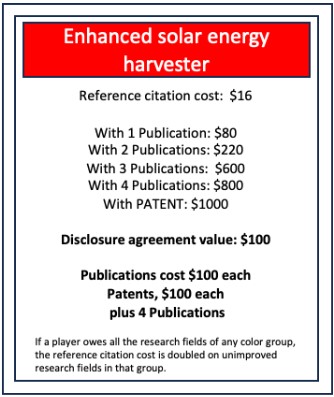
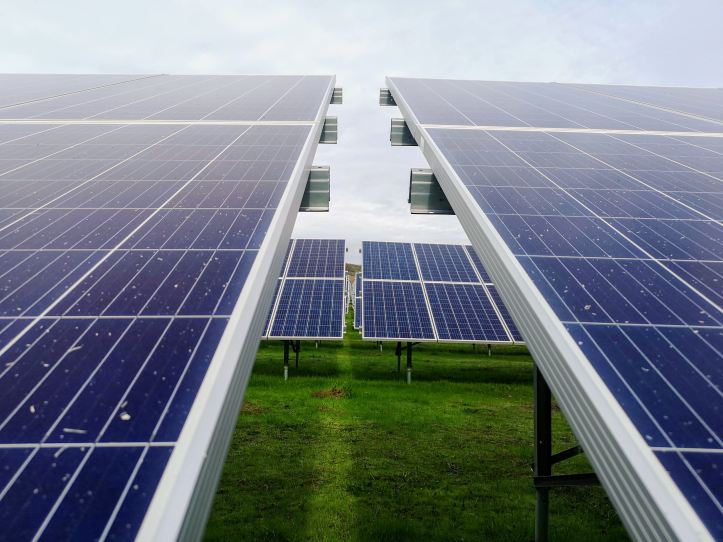
With fossil fuel becoming increasingly more known as a finite and non-eco-friendly energy source, more and more people are opting for solar energy as a cleaner and more permanent form of energy harvesting. However, issues with current solar panels include overheating and inability to harvest most of the solar energy that hits them, especially in geographical areas with less sunlight (they are only ~18% efficient under full sun in desert climate). But nanoparticles may be able to help! A group of researchers from Singapore and Zhejiang, China have constructed a scalable and selective solar energy absorber that uses nanostructures composed of Fe3O4 nanoparticles. This innovative nanotechnological approach has great potential to improve current solar energy harvesting technology and provides eco-friendly alternatives for commercial and industrial applications.
Weather protector
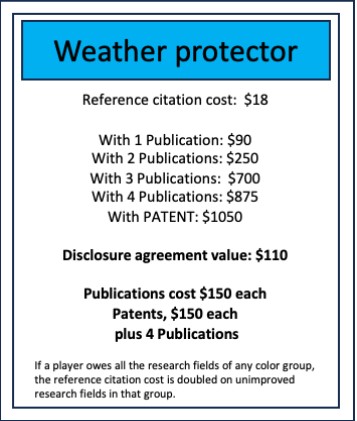
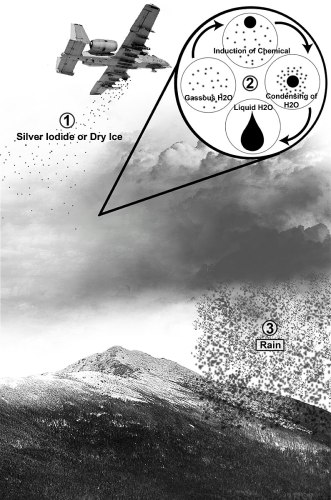
Have you ever wondered about how clouds form? It is a very complicated process but to put it plainly, as the Sun irradiates the surface of earth, water from the surface evaporates and goes up to the atmosphere. This evaporated gas remains as a vapor until it encounters a condensation particle (such as dust, volcanic ash, or pollen) and then it nucleates into the droplets of water that eventually fall down as rain. This basic process of cloud seeding has been known for several decades; however, the details behind the process and how humans can potentially control it are not well understood, which has motivated scientists to take a closer look. Dr. Linda Zou from Khalifa University of Science and Technology is a pioneer in the cloud seeding research field and is innovating new approaches using nanotechnology. In particular, Dr. Zou has demonstrated that by using titanium dioxide nanoparticles that have a core of sodium chloride, the threshold relative humidity required to initiate cloud seeding (~75%) can be adjusted so that rain can form with less humid conditions. This type of research offers the potential to develop more cost-effective enhancements of cloud seeding which is especially helpful to semi-arid and arid regions.
UV sun protector
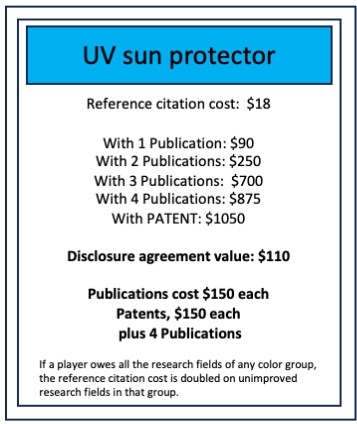
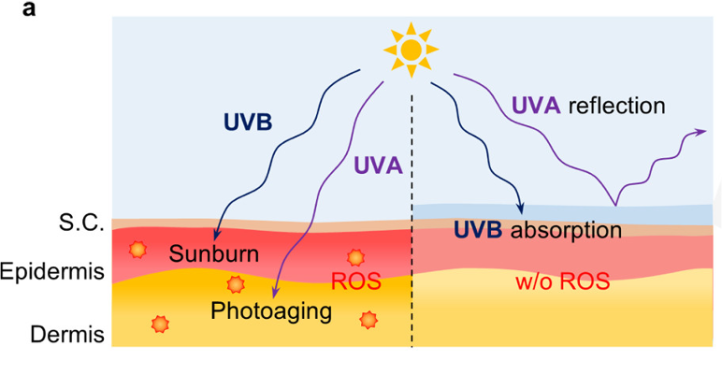
When it comes to UV sun protection, maybe you have heard that nanoparticles such as zinc oxide and titanium dioxide are used as active ingredients in commercially available sunscreens. Titanium oxide nanoparticles offer both UVA and UBV protection while zinc oxide nanoparticles offer broad spectrum protection and are known as mineral sunscreens. However, there has been evidence showing that these nanoparticles could potentially have an environmental impact by accumulating in the environment and a previous study performed by Crosera et al. reported titanium dioxide nanoparticles were able to penetrate human abdominal epidermal layers. Given the potential adverse effects these mineral sunscreens pose to the environment and human health, scientists have started looking for alternatives that are more eco-friendly and biocompatible. For example, a group led by Supanakorn reported the use of polydopamine nanoparticles in sunscreens as possible sunscreen boosters. (Polydopamine nanoparticles are nanoparticles derived from polymers for their biocompatible, self-adherent properties.) Their laboratory studies suggested that polydopamine nanoparticles provided good UVA protection with reduced negative effects compared to zinc or titanium. Overall, there is more investigation needed on current commercially available sunscreen products, as well as on new ingredients such as polydopamine nanoparticles.
Improve data storage
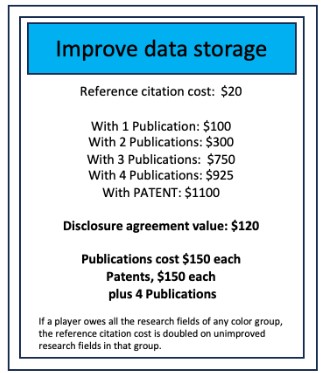

As society progresses, we are generating exponentially more data that needs storage. For example, to completely sequence the human genome globally will require about 40 exabytes! (One exabyte is a billion gigabytes!) To address this challenge, scientists have started implementing nanotechnological approaches to already existing methods of DNA data storage, such as in compact disk microfluidics. Compact disk microfluidics are rotating devices that harness the rotational energy to perform microfluidic actions. In one study, Geng et al. observed that by adding silica dioxide nanoparticles to compact disk microfluidic they could reduce the error in data storage from 62% to 6%. This approach allowed for a non-destructive way to harvest information from DNA samples, and also saved time compared to traditional techniques. This means that incorporating nanoparticles potentially can contribute to more efficient and robust DNA data storage methods.
3D bioprinting
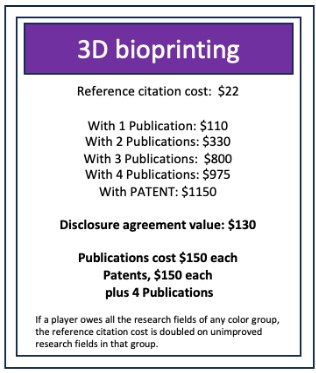
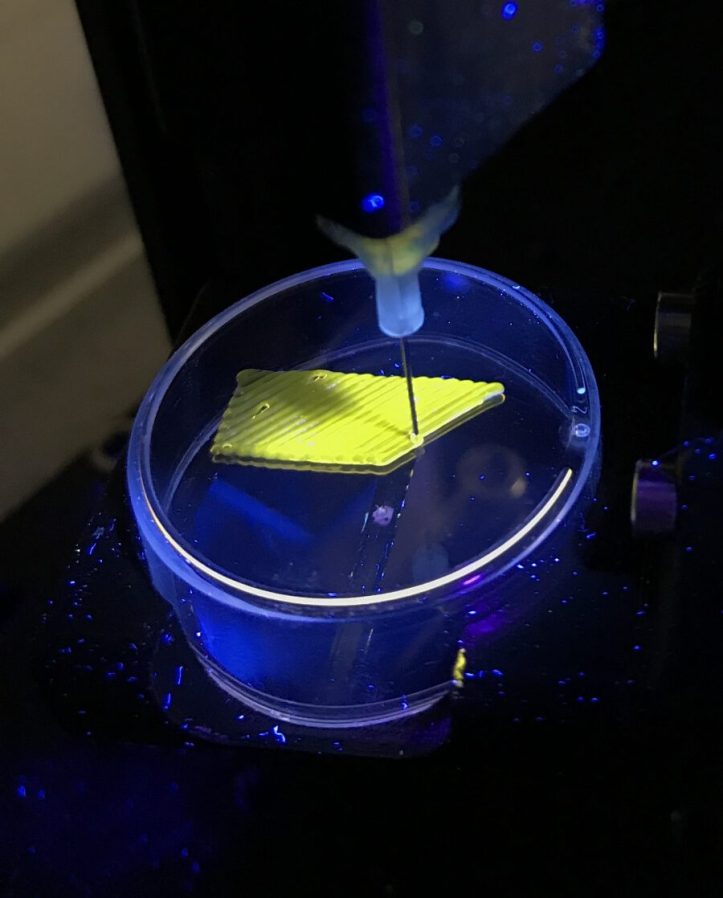
3D printing was a technology I could not believe when I first heard of it. It sounded like sci-fi, but did you know that 3D printing has been done for over 40 years? It did not gain public attention, however, until 2000-2010 when scientists and technologists observed the potential of 3D printing in the medical field. Adding nanoparticles to the “ink” of 3D printing has expanded capabilities for therapeutic biomedical applications. For example, a group led by Li was able to construct graphene oxide loaded with iron oxide magnetic nanoparticles within hydrogels for bone regeneration and tumor treatment. Using rat and mouse models for their studies, their results showed that these nanomaterial constructs helped some bone treatments in the preliminary lab experiments, and also reduced tumors in mice using magnetic properties of the nanoparticles. Overall, using nanoparticles in 3D printing for biomedical applications is promising, but has a long way to go before we implement it into humans.
Medical nanobots
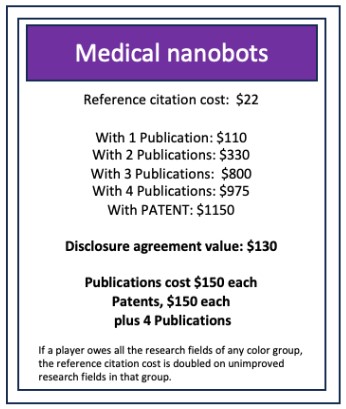
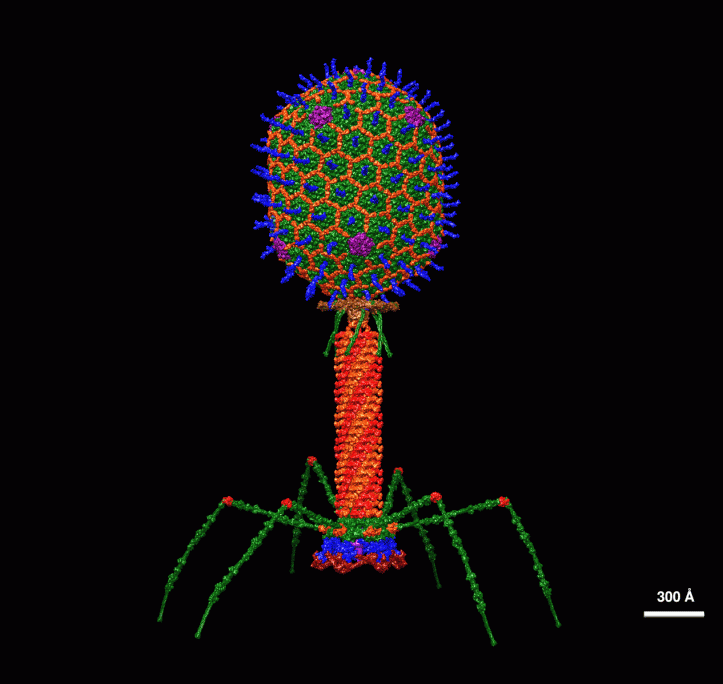
When it comes to current medicines out in the market, did you know that approximately 40% of the drugs held at a pharmacy in Europe and the U.S. are obtained from plants? It’s true, and if it weren’t for certain plants and taking inspiration from nature itself, we would not have the same grasp on modern medicine as we do today. Not only have plants paved the way for common drugs but bacteria have also played a role in developing future biomedical technologies, such as the CRISPR- Cas9 system. Aside from CRISPR, bacteria are also capable of producing nanosized virus-like particles (bacteriophages) that can be used for targeted delivery of drug payloads to specific cells in need. We can think of these bacterially derived viruses as nano robots that are made and programmed to do a specific task. Companies like NanoSyrinx are at the forefront of this field and are tackling major bottlenecks, such as limited ability to bring drugs into cells, by utilizing bacteriophages’ remarkable cell specificity and penetration. These nanobots also have the potential to be used for other applications such as gene editing, cell engineering, and immune system modulation for undertaking a wider range of medical needs.
Vaccine delivery tech
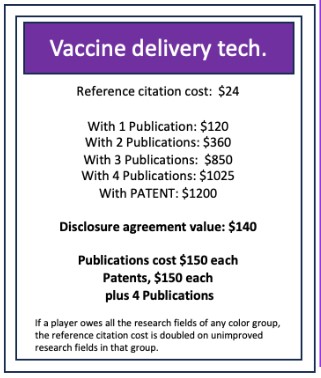
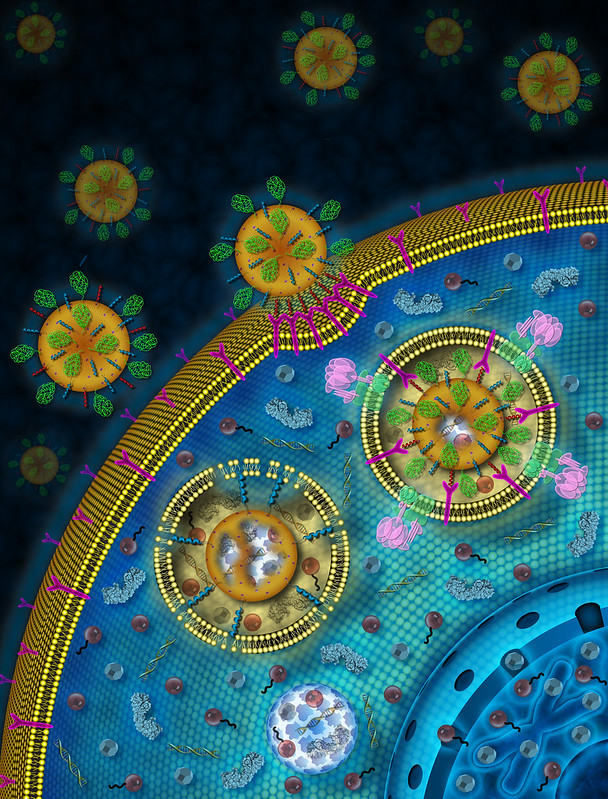
From the recent SARS-Cov-2 pandemic, it is evident that viral infections can strike at any moment and that as a human race we are very vulnerable to them. This pandemic has also caused us to reimagine how we socially interact and gave us a refreshed perspective of the importance of health. Historically, the SARS-Cov-2 vaccine was unique in that it was the first vaccine made from mRNA and lipid nanoparticles. More specifically, this was a monumental achievement for nanotechnology because without the lipid nanoparticles, COVID-19 mRNA vaccines would not exist. Though the success of the vaccine is credited to lipid nanoparticles, other nanoparticle types, such as inorganic nanoparticles, also show great potential to be used as nanomedicine from their characteristic increased payload capacity, good mechanical stability, and controllable drug release.
Cancer targeted therapy
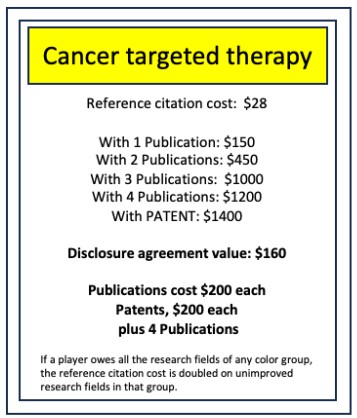
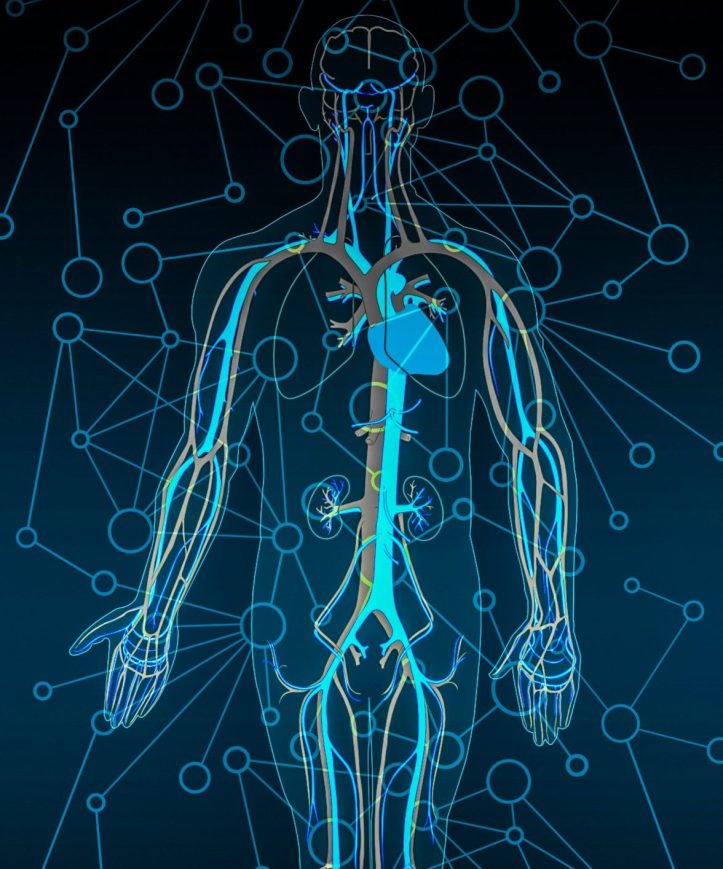
In the United States, cancer is still the second most deadly disease with approximately 1,600 deaths occurring daily. Part of the reason why it is so deadly is that certain types of cancer can be very hard to detect. For example, brain cancer has a 7% survival rate because usually its diagnosis can only be made after the disease is at a later stage. All this is subject to change however, as nanotechnology has great potential for helping diagnose cancer at a much earlier stage. Recently, a research group from Michigan State University developed a nanoparticle hybrid to benefit cancer treatment as well. It is made of Prussian blue and cell communicating vesicles which allows the nanoparticles to bypass the blood-brain barrier, a major barrier that restricts entry of therapeutic drugs for brain cancer treatment. Their results indicated that these nanoparticle hybrid constructs were capable of directly targeting cancerous cells in mice. These nanoparticles destroy cancer cells via photothermal therapy: once the nanoparticles have localized to the cancer tissue, specific wavelengths of light can release the drug carried by the nanoparticle. As the field of nanotechnology continues to grow in the medical field, we can hopefully find ways of using nanoparticles to globally decrease the numbers of cancer deaths.
Improve bioimaging
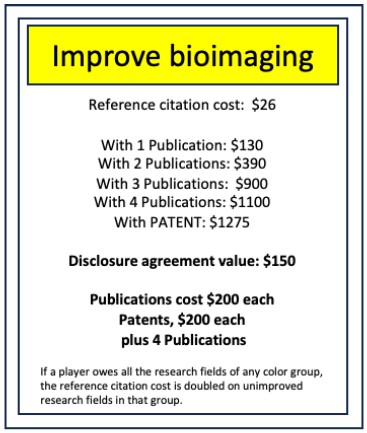
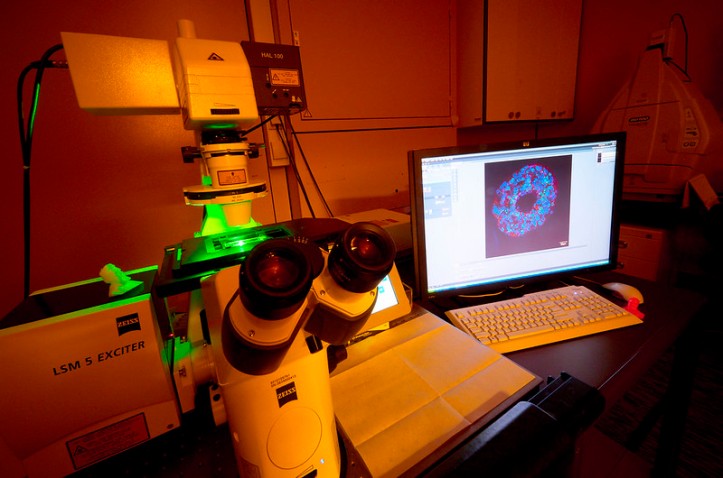
A way to allow for earlier detection of diseases, such as cancers, can be through improving current bioimaging methods. Once the disease is detected, improved biomiaging can also help target delivery of payloads for treatment. One way to do this can be to use gold nanoparticles, because they have unique optical properties and are biologically inert (they don’t interact with the body). A study led by Bao et al. was able to deliver gold nanocages carrying payloads of microRNA to tumor tissues of mice models. In their study, two of the three gold nanoparticle cages carrying an anti-cancer agent, microRNA-26a, showed increased accumulation to target tumor sites, compared to control and the third largest gold nanoparticle cage. Overall, their results illustrated that small gold nanocages could be viable platforms for improving bioimaging and the diagnosis time frame of certain cancers.
Improve drug efficacy
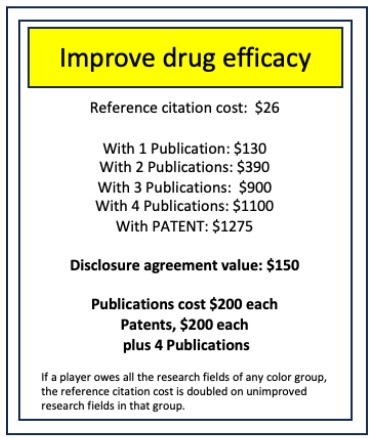
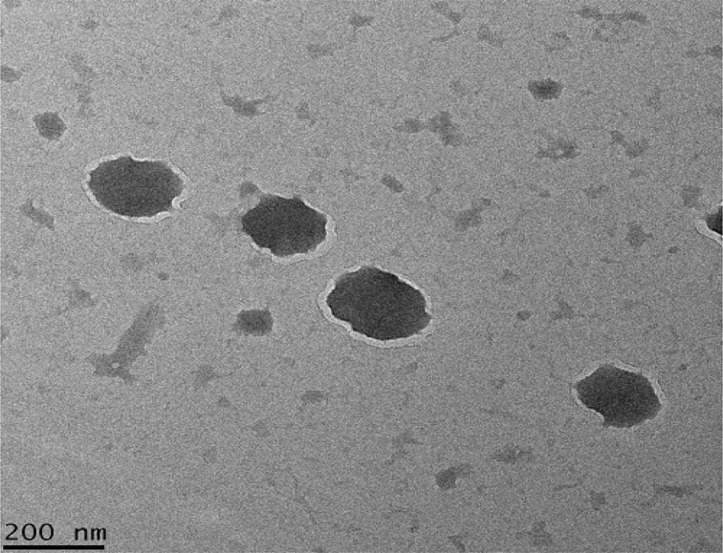
Various chronic diseases are difficult to treat because of how little medicine gets to where it needs to go with formulations composed of only the payload drug. Epilepsy, for example, is a chronic neurological disorder that could be better managed if antiepileptic drugs had higher access through the blood-brain barrier. Drug formulations combining antiepileptic drugs and nanoparticles have been demonstrated to have higher accessibility to bypass the blood-brain barrier and in turn improved drug efficacy. For example, Liu et al. used carboxymethyl chitosan nanoparticles to deliver one antiepileptic drug to mice intranasally (through their noses) and observed these nanoparticles to localize in the brain, showing that they could enhance drug bioavailability. Overall, much more clinical research needs to be conducted to determine advantages and disadvantages of intranasal administration of anti-epileptic nanoparticles into humans.
Clean oceans
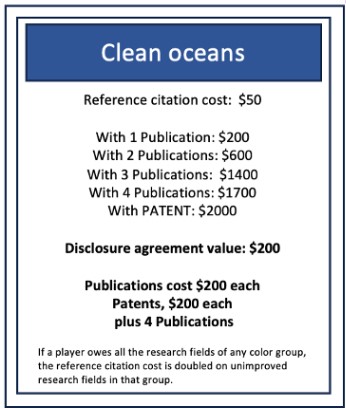
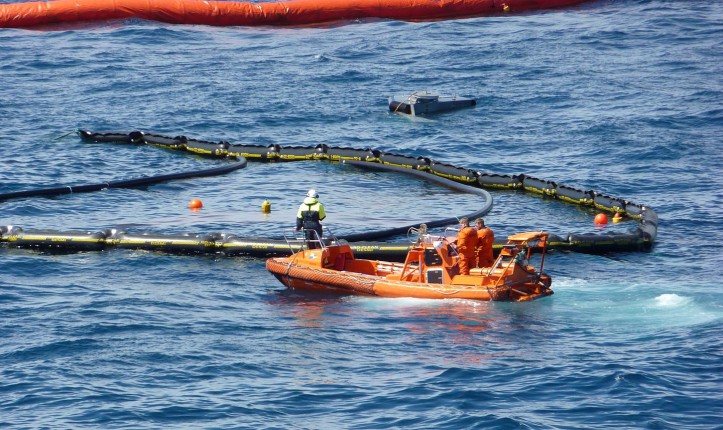
Oceans are not only polluted because of plastic waste. Other factors such as oil spills, mercury, pesticides, chemicals, and other harmful materials affect our ocean. Many people when visiting beaches tend to apply sunscreen, which later tends to dissolve in our waters. A sunblock ingredient, oxybenzone, is a component used to avoid human skin cancer, but it also affects coral reefs by bleaching them. This problem can also have consequences for the food chain. Researchers from the University of Puerto Rico, Mayagüez used biodegradable iron oxide nanoparticles coated with hydroxyl functional groups to soak up the oxybenzone through hydrogen bonding and magnetically pulled the beads out of the water. This is one example of how nanoparticles help us clean oceans.
Enhanced water purification
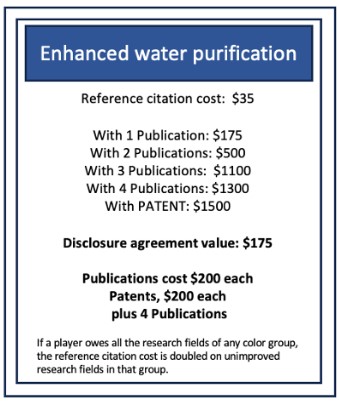

There is a potential use of silver nanoparticles for purifying water and bacterial filtration. Silver is known to have strong inhibitory and bactericidal effects against different bacteria, viruses, and fungi. It was reported that silver nanoparticles destroy the permeability of bacterial membranes by leakage of reducing sugars and proteins on cell membrane. These nanoparticles can be used effectively to filtrate bacteria in contaminated waters, these are an alternative to the traditional chemical disinfectant that are most likely to cause harmful disinfections. The goal is to use silver nanoparticles as a safer and more economical alternative method to purify water.
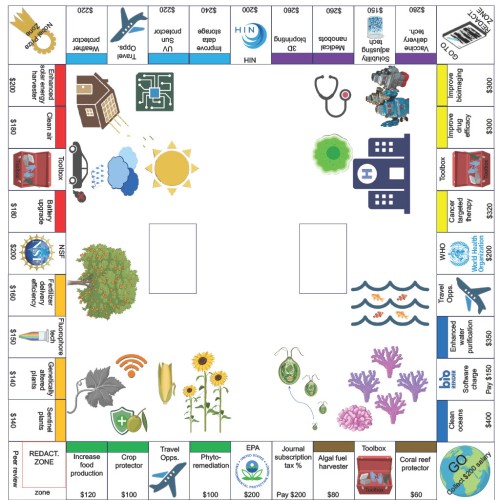
REFERENCES
Coral reef protector references
- US EPA, O. (2017, January 30). Threats to Coral Reefs. US EPA. https://www.epa.gov/coral-reefs/threats-coral-reefs#:~:text=Increased%20ocean%20temperatures%20and%20changing
- Roger, L., Lewinski, N., Putnam, H., Chen, S., Roxbury, D., Tresguerres, M., & Wangpraseurt, D. (2023). Nanotechnology for coral reef conservation, restoration and rehabilitation. Nature Nanotechnology, 18(8), 831–833. https://doi.org/10.1038/s41565-023-01402-6
- MIT engineers devise technology to prevent fouling in photobioreactors for CO2 capture. (2023, April 13). MIT News | Massachusetts Institute of Technology. https://news.mit.edu/2023/mit-engineers-devise-technology-prevent-fouling-photobioreactors-0413
- Novoa, A., Vrouwenvelder, J., & Fortunato, L. (2021, May 31). Membrane Fouling in Algal Separation Processes: A Review of Influencing Factors and Mechanisms [Review of Membrane Fouling in Algal Separation Processes: A Review of Influencing Factors and Mechanisms]. Frontiers; Front. Chem. Eng. https://www.frontiersin.org/articles/10.3389/fceng.2021.687422/full
Phyto-remediation references
- Vasiliou, V., Haynes, C., & White, J. (2022, May 13). Understanding and enhancing PFAS phytoremediation mechanisms using hemp plants [Review of Understanding and enhancing PFAS phytoremediation mechanisms using hemp plants]. https://clu-in.org/conf/tio/srppir18_051322/slides/3Slide_Presentation_for_Christy_Haynes,_Ph.D.,_Riley_Lewis,_and_Sara_Nason,_Ph.D.pdf
- athenssciencecafe. (2019, May 16). Sunflowers to the Rescue! Athens Science Observer. https://athensscienceobserver.com/2019/05/16/sunflowers-to-the-rescue/
Crop protector references
- Singh, A., Singh, N. B., Hussain, I., & Singh, H. (2017). Effect of biologically synthesized copper oxide nanoparticles on metabolism and antioxidant activity to the crop plants Solanum lycopersicum and Brassica oleracea var. botrytis. Journal of Biotechnology, 262, 11–27. https://doi.org/10.1016/j.jbiotec.2017.09.016
- Novotny, E. (2022). Glyphosate, Roundup and the Failures of Regulatory Assessment. Toxics, 10(6), 321. https://doi.org/10.3390/toxics10060321
- Thabet, A. F., Boraei, H. A., Galal, O. A., El-Samahy, M. F. M., Mousa, K. M., Zhang, Y. Z., Tuda, M., Helmy, E. A., Wen, J., & Nozaki, T. (2021). Silica nanoparticles as pesticide against insects of different feeding types and their non-target attraction of predators. Scientific Reports, 11(1), 14484. https://doi.org/10.1038/s41598-021-93518-9
Increase Food Production references
- Šebesta, M., Kolenčík, M., Sunil, B. R., Illa, R., Mosnáček, J., Ingle, A. P., & Urík, M. (2021). Field Application of ZnO and TiO2 Nanoparticles on Agricultural Plants. Agronomy, 11(11), 2281. https://doi.org/10.3390/agronomy11112281
- El-Aziz, G. H. A., Ahmed, S. S., Radwan, K. H., & Fahmy, A. H. (2022). Positive and Negative Environmental Effect of Using Zinc Oxide Nanoparticles on Wheat under Drought Stress. Open Journal of Applied Sciences, 12(6), 1026–1044. https://doi.org/10.4236/ojapps.2022.126070
Sentinel plants references
- Li, Z., Yu, T., Paul, R., Fan, J., Yang, Y., & Wei, Q. (2020). Agricultural nanodiagnostics for plant diseases: recent advances and challenges. Nanoscale Advances, 2(8), 3083–3094. https://doi.org/10.1039/C9NA00724E
- Li, Z., Paul, R., Ba Tis, T., Saville, A. C., Hansel, J. C., Yu, T., Ristaino, J. B., & Wei, Q. (2019). Non-invasive plant disease diagnostics enabled by smartphone-based fingerprinting of leaf volatiles. Nature Plants, 5(8), 856–866. https://doi.org/10.1038/s41477-019-0476-y
Genetically altered plants references
- Kwak, S.-Y., Lew, T. T. S., Sweeney, C. J., Koman, V. B., Wong, M. H., Bohmert-Tatarev, K., Snell, K. D., Seo, J. S., Chua, N.-H., & Strano, M. S. (2019). Chloroplast-selective gene delivery and expression in planta using chitosan-complexed single-walled carbon nanotube carriers. Nature Nanotechnology. https://doi.org/10.1038/s41565-019-0375-4
- Demirer, G. S., Zhang, H., Matos, J. L., Goh, N. S., Cunningham, F. J., Sung, Y., Chang, R., Aditham, A. J., Chio, L., Cho, M.-J., Staskawicz, B., & Landry, M. P. (2019). High aspect ratio nanomaterials enable delivery of functional genetic material without DNA integration in mature plants. Nature Nanotechnology. https://doi.org/10.1038/s41565-019-0382-5
Fertilizer delivery efficiency references
- Zhao, F., Xin, X., Cao, Y., Su, D., Ji, P., Zhu, Z., & He, Z. (2021). Use of Carbon Nanoparticles to Improve Soil Fertility, Crop Growth and Nutrient Uptake by Corn (Zea mays L.). Nanomaterials, 11(10), 2717. https://doi.org/10.3390/nano11102717
- Basavegowda, N., & Baek, K.-H. (2021). Current and future perspectives on the use of nanofertilizers for sustainable agriculture: the case of phosphorus nanofertilizer. 3 Biotech, 11(7). https://doi.org/10.1007/s13205-021-02907-4
- Shen, Y., Jaya Borgatta, Ma, C., Singh, G., Tamez, C., Schultes, N. P., Zhang, Z., Om Parkash Dhankher, Elmer, W. H., He, L., Hamers, R. J., & White, J. C. (2022). Role of Foliar Biointerface Properties and Nanomaterial Chemistry in Controlling Cu Transfer into Wild-Type and Mutant Arabidopsis thaliana Leaf Tissue. Journal of Agricultural and Food Chemistry, 70(14), 4267–4278. https://doi.org/10.1021/acs.jafc.1c07873
Battery upgrade references
- Nanom’s nanotech makes more efficient batteries that last at least 9 times longer. (2021, April 2). VentureBeat. https://venturebeat.com/entrepreneur/nanoms-nanotech-makes-more-efficient-batteries-that-last-at-least-9-times-longer/
- A brief history of the battery. (n.d.). BatteryIndustry.tech. https://batteryindustry.tech/a-brief-history-of-the-battery/#:~:text=In%201800%2C%20Volta%20invented%20the
Clean air references
- US EPA, O. (2021, April 15). Basics of Climate Change. Www.epa.gov. https://www.epa.gov/climatechange-science/basics-climate-change#:~:text=Solar%20energy%20that%20is%20reflected
- Brownell, L. (2020, April 22). Cooler catalytic converters: Cleaner air for all. Chemistry.harvard.edu. https://chemistry.harvard.edu/news/cooler-catalytic-converters-cleaner-air-all
Enhanced solar energy harvester references
- Xu, Z., Li, Y., Gao, G., Xie, F., Ju, R., Yu, S., Liu, K., Li, J., Wang, W., Li, W., Li, T., & Qiu, C. (2023). Scalable selective absorber with quasiperiodic nanostructure for low-grade solar energy harvesting. APL Photonics, 8(2). https://doi.org/10.1063/5.0135193
- Dataforma. (2021, April 28). Challenges Facing The Solar Industry Right Now. Dataforma. https://www.dataforma.com/blog/challenges-facing-the-solar-industry-right-now/#:~:text=One%20major%20concern%20is%20efficiency
Weather protector references
- Scientists advance cloud-seeding capabilities with nanotechnology. (n.d.). MIT Technology Review. https://www.technologyreview.com/2022/03/28/1048275/scientists-advance-cloud-seeding-capabilities-with-nanotechnology/
UV sun protector references
- Goragot Supanakorn, Raweewan Thiramanas, Thanisorn Mahatnirunkul, Yodsathorn Wongngam, & Duangporn Polpanich. (2022). Polydopamine-Based Nanoparticles for Safe Sunscreen Protection Factor Products with Enhanced Performance. ACS Applied Nano Materials, 5(7), 9084–9095. https://doi.org/10.1021/acsanm.2c01395
- Crosera, M., Prodi, A., Mauro, M., Pelin, M., Florio, C., Bellomo, F., Adami, G., Apostoli, P., De Palma, G., Bovenzi, M., Campanini, M., & Filon, F. L. (2015). Titanium Dioxide Nanoparticle Penetration into the Skin and Effects on HaCaT Cells. International Journal of Environmental Research and Public Health, 12(8), 9282–9297. https://doi.org/10.3390/ijerph120809282
Improve data storage references
- Geng, C., Liu, S., & Jiang, X. (2023). A nanoparticle-coated microfluidic chip for automated, non-destructive extraction of encapsulated DNA in data storage. Chemical Science, 14(15), 3973–3981. https://doi.org/10.1039/D2SC06466A
- Complete Guide to Genomics Data Storage. (n.d.). WEKA. Retrieved September 26, 2023, from https://www.weka.io/learn/cloud-storage/genomics-data-storage/#:~:text=Genomic%20Data%20and%20Cloud%20Storage&text=And%20that
3D bioprinting references
- TURNEY, D. (2021, August 31). History of 3D Printing: It’s Older Than You Think. Redshift.autodesk.com. https://redshift.autodesk.com/articles/history-of-3d-printing
- Li, Y., Huang, L., Tai, G., Yan, F., Cai, L., Xin, C., & Al Islam, S. (2022). Graphene Oxide-loaded magnetic nanoparticles within 3D hydrogel form High-performance scaffolds for bone regeneration and tumour treatment. Composites Part A: Applied Science and Manufacturing, 152, 106672. https://doi.org/10.1016/j.compositesa.2021.106672
Medical nanobots references
- nanorobots in medicine – Google Search. (n.d.). Www.google.com. Retrieved September 26, 2023, from https://www.google.com/search?client=safari&hl=en-us&q=nanorobots+in+medicine&tbm=vid&source=lnms&sa=X&ved=2ahUKEwjewsCI-qqAAxX-LkQIHYxRDyUQ0pQJegQIChAB&biw=1324&bih=703&dpr=2#fpstate=ive&vld=cid:4ad6abad
- Medicinal Botany. (n.d.). Www.fs.usda.gov. https://www.fs.usda.gov/wildflowers/ethnobotany/medicinal/index.shtml#:~:text=A%20full%2040%20percent%20of
Vaccine delivery tech references
- Lasting impact of lipid nanoparticles. (2021). Nature Reviews Materials, 6(12), 1071–1071. https://doi.org/10.1038/s41578-021-00398-6
- Diamandis, E. P. (2022). The mother of all battles: Viruses vs humans. Can humans avoid extinction in 50–100 years? Open Life Sciences, 17(1), 32–37. https://doi.org/10.1515/biol-2022-0005
Cancer targeted therapy references
- Using Prussian blue nanoparticles to diagnose and treat brain cancer. (n.d.). MSUToday | Michigan State University. Retrieved September 26, 2023, from https://msutoday.msu.edu/news/2023/using-prussian-blue-nanoparticles-to-diagnose-and-treat-brain-cancer
- 2022 Cancer Facts & Figures Cancer | Cancer Death Rate Drops. (n.d.). Www.cancer.org. https://www.cancer.org/research/acs-research-news/facts-and-figures-2022.html#:~:text=Cancer%20continues%20to%20be%20the
Improve bioimaging references
- Bao, S., Huang, S., Liu, Y., Hu, Y., Wang, W., Ji, M., Li, H., Zhang, N. X., Song, C., & Duan, S. (2017). Gold nanocages with dual modality for image-guided therapeutics. Nanoscale, 9(21), 7284–7296. https://doi.org/10.1039/c7nr01350g
Improve drug efficacy references
- Liu, S., Yang, S., & Ho, P. C. (2018). Intranasal administration of carbamazepine-loaded carboxymethyl chitosan nanoparticles for drug delivery to the brain. Asian Journal of Pharmaceutical Sciences, 13(1), 72–81. https://doi.org/10.1016/j.ajps.2017.09.001
Clean oceans references
- Sopping up sunblock from oceans to save coral reefs (video). (n.d.). American Chemical Society. https://www.acs.org/pressroom/newsreleases/2017/august/sopping-up-sunblock-from-oceans-to-save-coral-reefs-video.html
- Schneider, S. L., & Lim, H. W. (2019). Review of environmental effects of oxybenzone and other sunscreen active ingredients. Journal of the American Academy of Dermatology, 80(1), 266–271. https://doi.org/10.1016/j.jaad.2018.06.033
Enhanced Water Purification references
- Gadkari, R. R., S. Wazed Ali, R. Alagirusamy, & Das, A. (2017). Silver Nanoparticles in Water Purification: Opportunities and Challenges. Springer EBooks, 229–237. https://doi.org/10.1007/978-3-319-64501-8_13
- Martinez-Boubeta, C., & Simeonidis, K. (2019, January 1). Chapter 20 – Magnetic Nanoparticles for Water Purification (S. Thomas, D. Pasquini, S.-Y. Leu, & D. A. Gopakumar, Eds.). ScienceDirect; Elsevier. https://www.sciencedirect.com/science/article/pii/B9780128139264000264
Edited Oct 17, 2023 to remove an inaccurate sentence about whales eating algae.
This post was updated on Jan 4, 2024 with minor updates.
